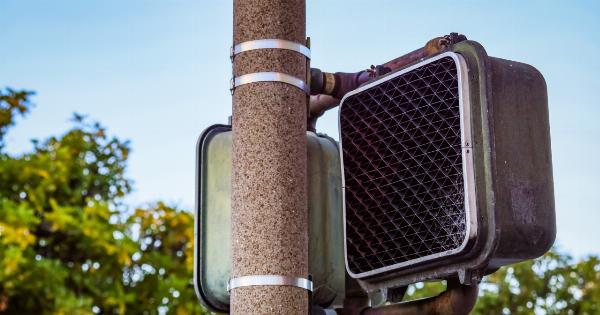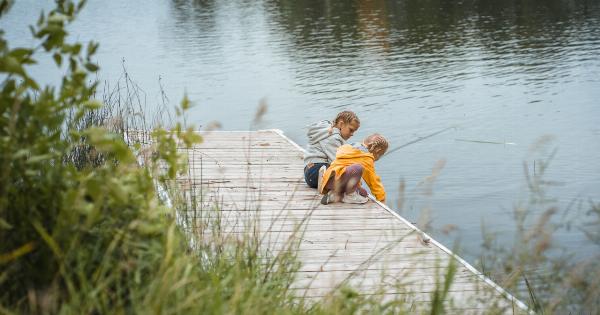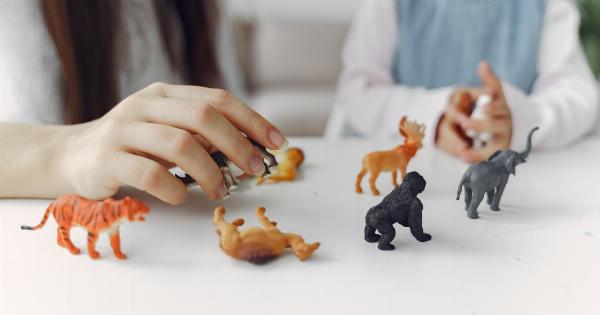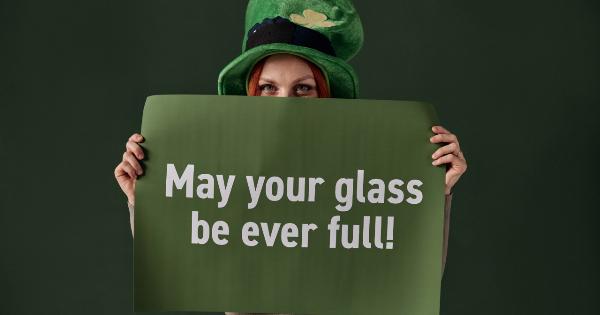Watching your child grow and navigate the complexities of social interactions can be a challenging experience as a parent. While friendship is a natural part of childhood, not all friendships are equal.
Some friendships can be positive and bring out the best in your child, while others can be negative and lead to unhealthy behaviors or even emotional harm. As a parent, determining when to be concerned about your child’s friendships can be difficult, but it’s important to pay attention and take action when necessary.
Early Indicators of Concern
Children typically begin forming friendships during their pre-school years, and while many of these friendships are fleeting and based on proximity, some will continue to develop into elementary school and beyond.
As a parent, it’s important to pay attention to your child’s early friendships and recognize potential indicators of concern. Some early red flags to look out for can include:.
- Isolation from other children – If your child is consistently left out or bullied by their peers, it can be a sign of problematic relationships.
- Aggression or possessiveness – Children that exhibit possessive behavior over toys, games, or friends may be struggling with sharing and social skill development.
- Exclusionary behavior – Children that purposefully exclude others from their play or cliques may be engaging in harmful behaviors that can lead to emotional harm to others.
Middle and High School Concerns
As your child gets older, their social interactions and friendships will become more complex. Middle and high school can be a challenging time for many children, and parents should pay particular attention to potential concerns during this time.
Some of the common indicators of problematic friendships during middle and high school can include:.
- Drug or alcohol use – Some children may begin experimenting with drugs or alcohol during their teenage years, and they may form friendships with other children who engage in these behaviors.
- Time management – Some children may prioritize their social interactions over schoolwork, extracurricular activities, or family time, which can be a concern for parents who want their children to excel academically and socially.
- Bullying or harassment – As children get older, the potential for bullying and harassment increases, and parents should be aware of any signs that their child may be experiencing these issues.
How to Help Your Child
If you are concerned about your child’s friendships, there are several steps that you can take to help them navigate these challenges:.
- Encourage open communication – Establishing open and honest communication with your child can be a powerful way to help them navigate their friendships. Encourage them to talk to you about their social experiences and to express any concerns they may have.
- Model healthy friendships – Your own friendships can model healthy social interactions and can provide your child with valuable insights and lessons on how to form and maintain positive relationships.
- Empower your child – Help your child develop their self-esteem and sense of self-worth, which can give them the confidence to form and maintain positive social interactions.
- Seek professional help – If you feel that your child is struggling with problematic friendships, it may be helpful to seek professional help from a therapist or counselor. These professionals can provide your child with the support and guidance they need to navigate these complex relationships.
Conclusion
As a parent, it’s important to pay attention to your child’s social interactions and friendships. While some of these relationships can be positive and empowering, others can be harmful and lead to emotional harm or negative behaviors.
By remaining aware of potential red flags and taking action when necessary, you can help your child form healthy and positive social connections that can support them throughout their lives.



























